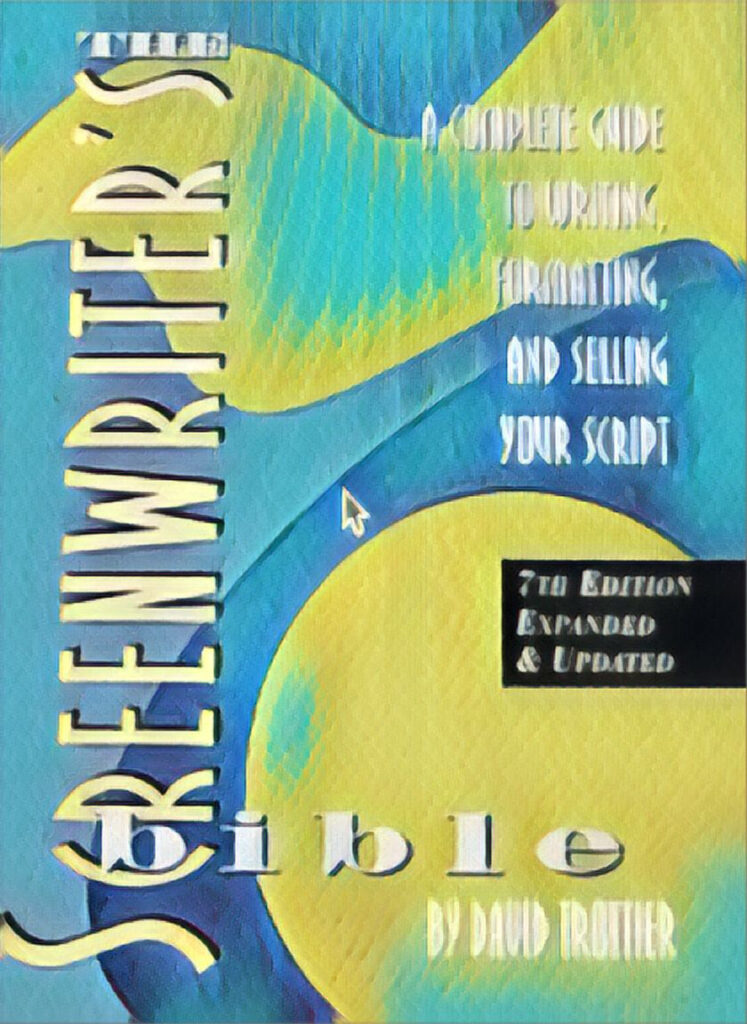Formatting for sign language doesn’t have to be hard, and there are a few variations.
First, let’s consult The Bible:

The Screenwriter’s Bible, that is.
On page 309 of Dave Trottier’s Seventh Edition, he mentions,
What if you have a character who is deaf and communicates by signing? Signing is not dialogue since words are not spoken. Of course, general audiences are not familiar with signing, so usually (in a film script) the deaf person’s meaning is communicated to the audience either orally (spoken words) or through subtitles. If the deaf person speaks as she signs, then simply write the words she says as dialogue:

If the deaf person is a major character, then indicate once in the narrative description with a special note that the deaf person signs whenever she talks; that way, you won’t need to include a parenthetical for each block of dialogue.
If the deaf character signs without speaking, then write out the dialogue as in the example above, except write the parenthetical as follows: (signs; subtitled). An alternative method is to use the italics as follows:

If everyone in your screenplay signs, as in A Quiet Place, use a special note as illustrated in the earlier “Speaking in Foreign Languages” section in this chapter. As always in spec writing, your goal is to be clear and unobtrusive as you can.
Let’s look at Coda:
In Sian Heder’s Coda, Ruby Rossi, the child of deaf adults and the only hearing member of her family, attempts to help her family’s struggling fishing business while pursuing her aspirations to become a singer.
Here’s an excerpt that introduces her family.

What’s interesting here is that, with the action line establishing that “ALL following conversations in ITALICS are signed and subtitled AMERICAN SIGN LANGUAGE. This is where it is clear– Ruby’s family is deaf,” we get the message.
The italics then serve to show us when the characters are signing without excessively using “(signs),” so it’s a bit of a space-saver.

Let’s Look at Jerry Maguire:
In Cameron Crowe’s Jerry Maguire, Jerry and Dorothy find themselves in an elevator with a deaf couple.
Here’s an excerpt from the script:

Note how, unlike previous examples, the signing is all part of an action block.
With Dorothy explaining what they said, it provides an opportunity for a character detail (i.e., with a hearing impaired aunt, she somehow has learned enough sign language to understand “you complete me”); it provides an opportunity for subtext (i.e., perhaps Dorothy hopes one day that Jerry will say that to her); finally, it provides a set-up for one of the most iconic lines in modern cinema when he reiterates that to her later on.
Here, no subtitles were needed.

